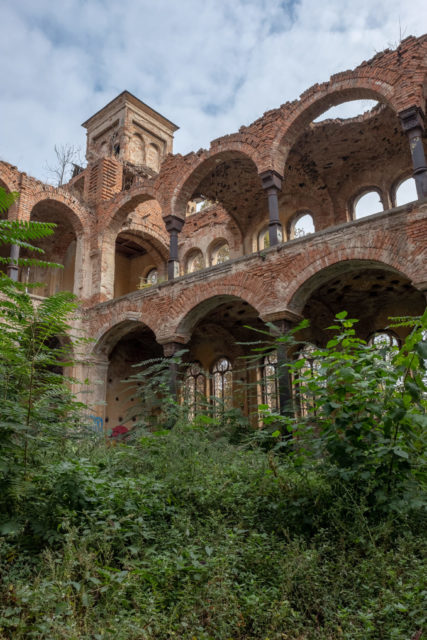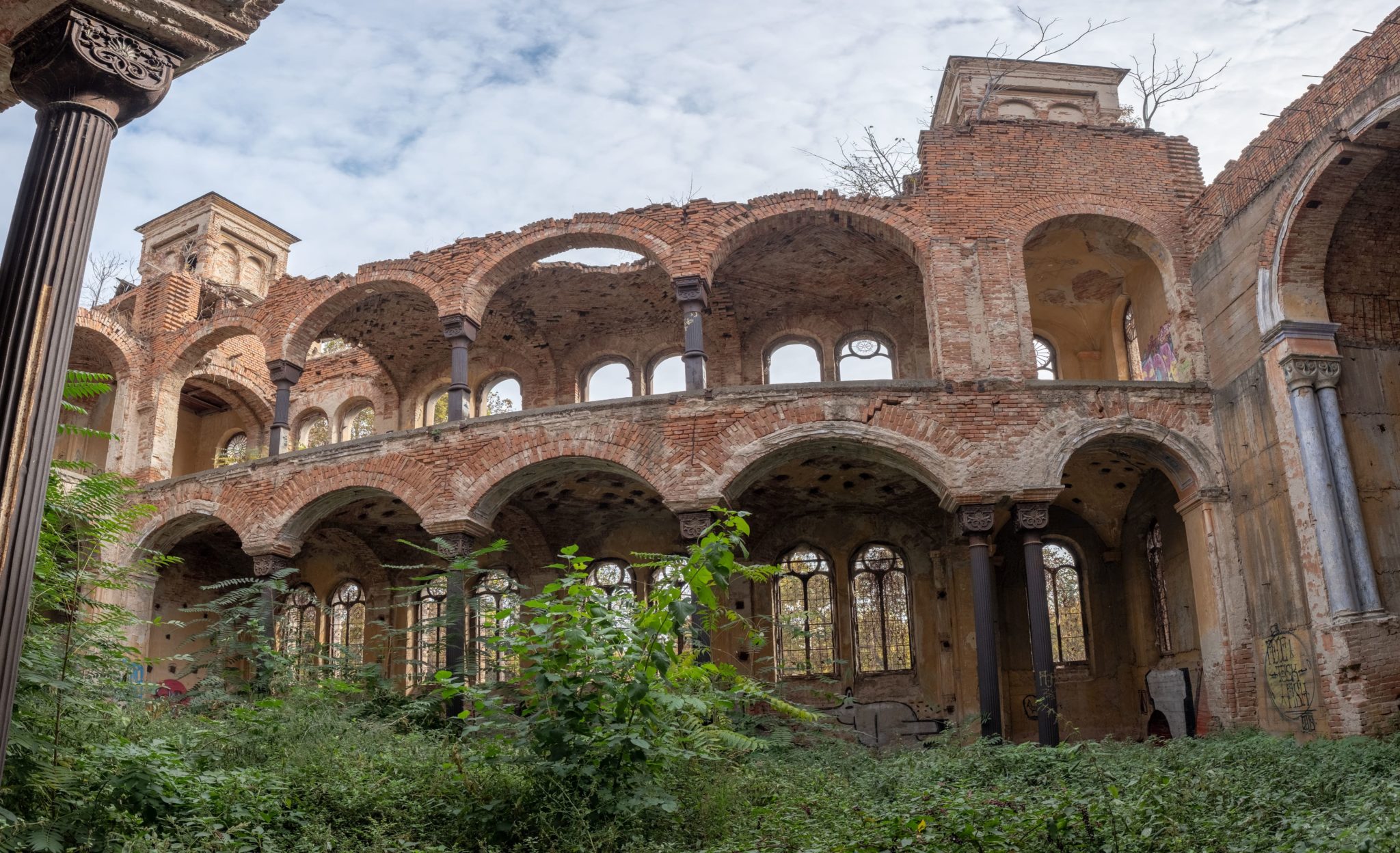The second-largest Jewish temple in Bulgaria, the Vidin Synagogue, was abandoned almost immediately after World War II. However, it is currently undergoing restoration work to be transformed into a cultural center.
In the 15th century, a Jewish community arrived in Vidin from Spain and began to flourish in the city. A decision was made to build a new synagogue to attest to the wealth of that community and give them a sense of pride in their new city.
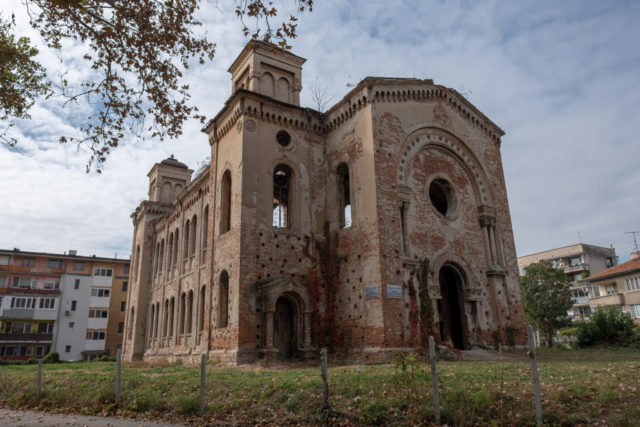
The site chosen for the new synagogue was that of an old Jewish temple that had been destroyed during the Russo-Ottoman war of 1877-78. Construction was made possible after thousands of Jews, not just from Vidin but from all across Bulgaria, donated money for it.
The Vidin Synagogue was built in 1894 in a neo-Gothic style and was decorated with a combination of classical architectural forms and ancient Jewish decorative symbols. Stained glass illuminated the windows, and tall towers dominated the exterior.

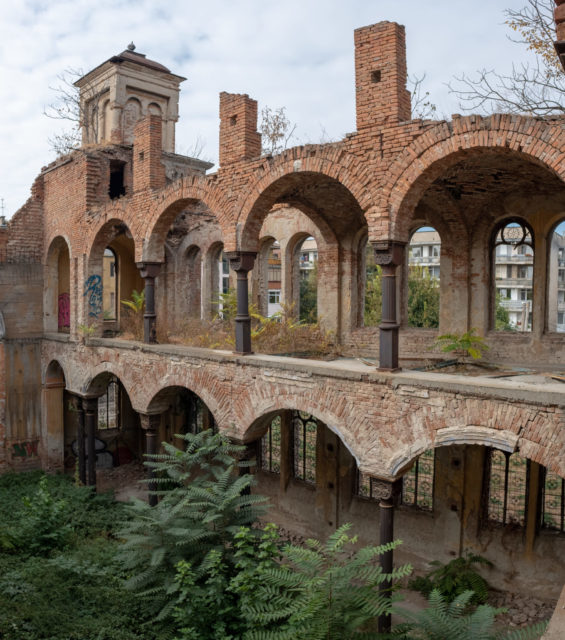
During and immediately after World War II, most of the local Jews left Bulgaria to settle in the newly created state of Israel. It was difficult for the remaining Jews in the city of Vidin to keep the temple in good condition. Consequently, the Vidin Synagogue began to decline.
The temple officially lost its status as a religious building in the 1950s, when the number of Jews who left the city had plummeted from its original figure of 1,200. The building was abandoned and left neglected until it was seized by the Communist government.
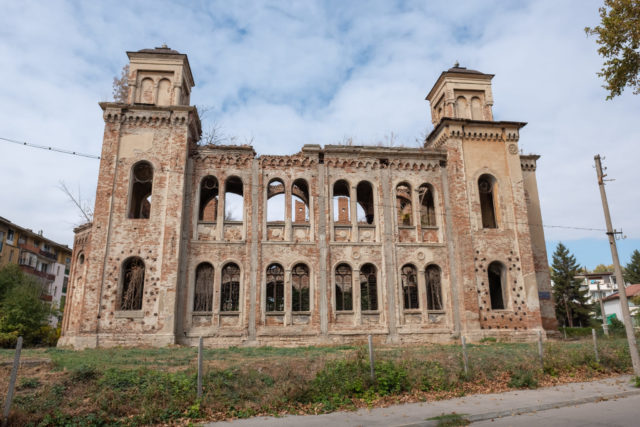
For some time, the building served as a warehouse. Eventually, in the 1970s, the Ministry of Culture and the National Institute of Monuments created a plan to restore the temple. Construction work began in 1983. Unfortunately, the project was canceled in 1989, when the communist regime collapsed.
Construction had been halted while the roof was in the process of being repaired. Consequently, the temple was left without a roof, and exposure to the elements meant that it soon turned into a ruin. Even when the building passed into state ownership sometime later, it was left in a state of disrepair for decades.
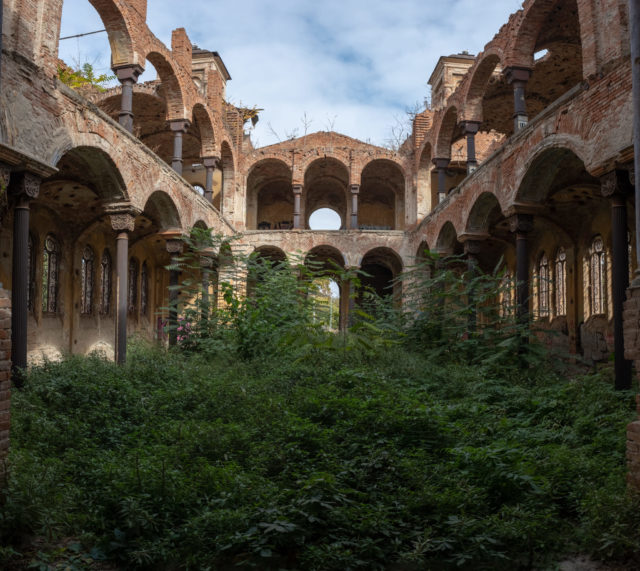
In 2004, the Vidin Synagogue became listed as a World Monuments Fund Watch List since it was considered a site of historic importance that was under threat.
From 2009 onwards, the Bulgarian National Jewish Organization Shalom was the owner of the Vidin Synagogue. The organization took over the building with the aim of restoring the features and converting it into a concert hall for its community.
Not only would such restoration work ensure that the building was preserved as part of history, but it was also hoped that this concert hall would attract tourists to the historic city of Vidin.
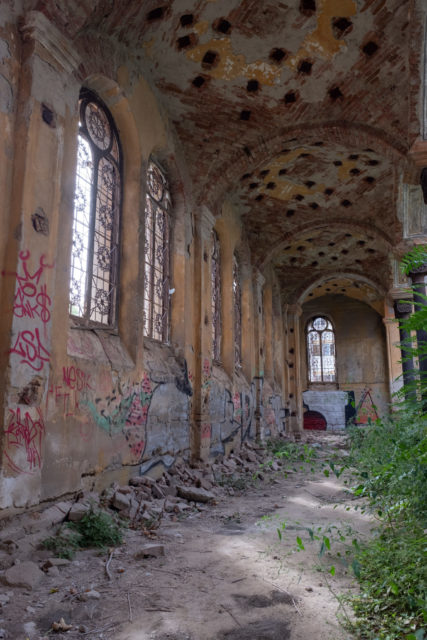
In 2012, a change of plan was announced. The building would instead be converted into a cultural center in honor of the Jewish expressionist artist Jules Pascin, who was born in Vidin in 1885. The complex will include a museum, library, meeting room, hall for prayer, and Holocaust remembrance.
Once the project is completed, the synagogue will be known as the Jules Pascin Cultural Center.
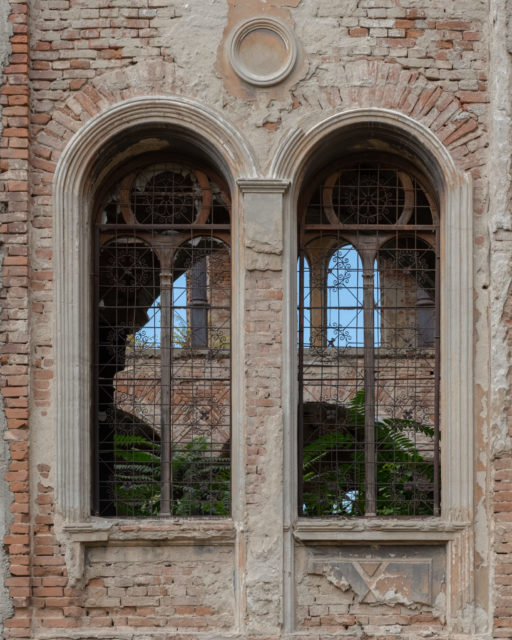
The project was confirmed by the city’s mayor, who mentioned that it would improve the city’s tourist infrastructure and attractions. In November 2017, the Organization of the Jews in Bulgaria “Shalom” formally handed ownership to the Ministry of Culture so that restoration work could begin. Architectural plans were announced in December 2018.
Approximately €5 million has been allocated to this restoration project, of which €4.2 million will be provided by the EU’s Regions in Growth program. The remaining funds will be obtained through a loan that will be repaid from the revenue generated by the synagogue once it is open as a tourist attraction.
Around ten companies submitted bids to carry out repairs and renovations to the synagogue. In October 2020, the municipality of Vidin finally selected the winning bid, and contracts were signed on December 29, 2020.
Lovers of ancient monuments should be pleased that there is finally movement on this project, especially as the original plans anticipated completing the restoration work by 2021.
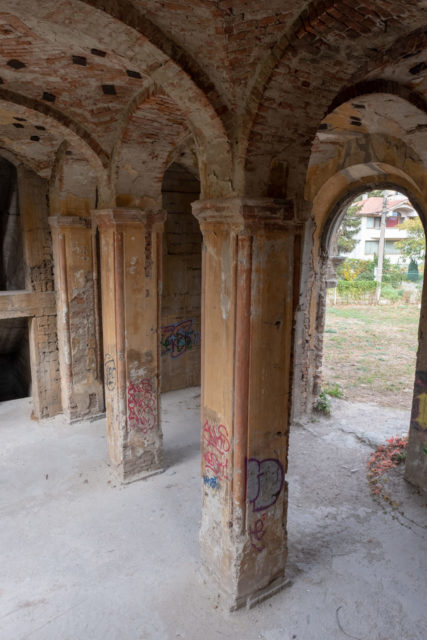
In its current state, the Vidin Synagogue is surrounded by a broken iron fence and thick with overgrown vegetation. Visitors are warned to wear suitable shoes as the ground is littered with broken glass. Grafitti adorns the walls, and signs warn of the danger of collapsing walls.
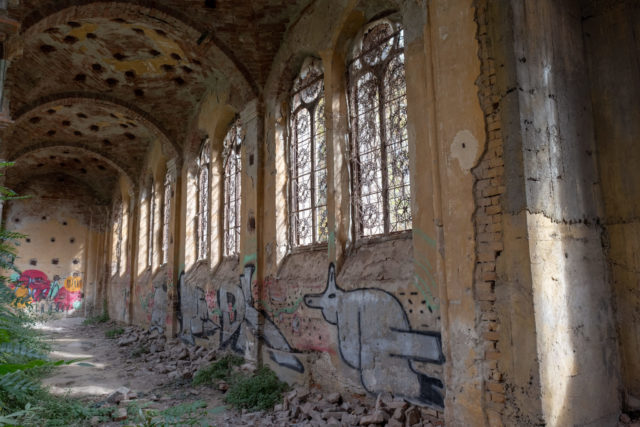
These amazing photographs of Vidin Synagogue are owned by Richard Stollar. Richard took them at the end of 2018 before the process of restoration had begun. The photos perfectly show the condition of the Vidin Synagogue ruins.
Photography is Richard’s hobby. Check out more of Richard’s gorgeous pictures on his Flickr account.
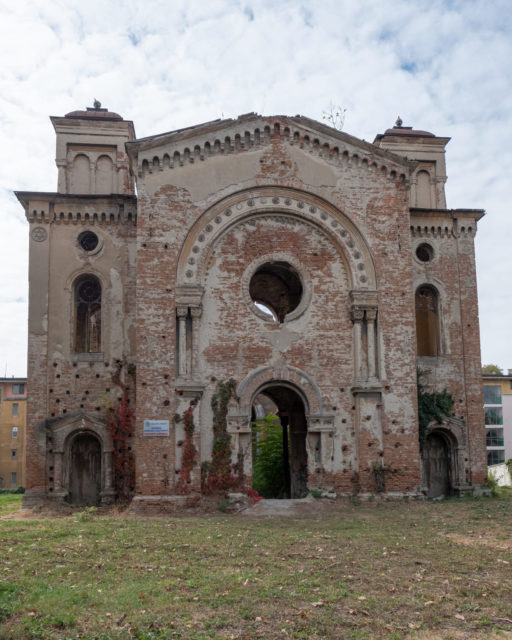
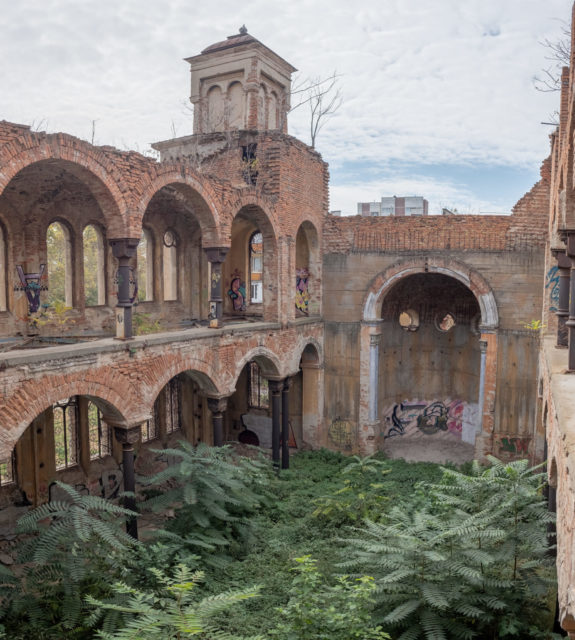
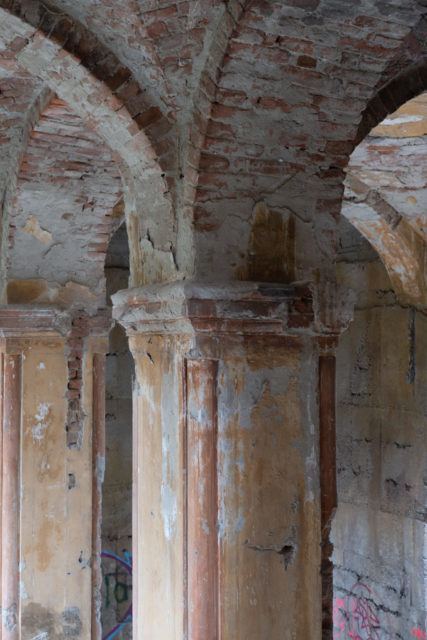
Another Article From Us: The Church of Our Lady of Kazan
